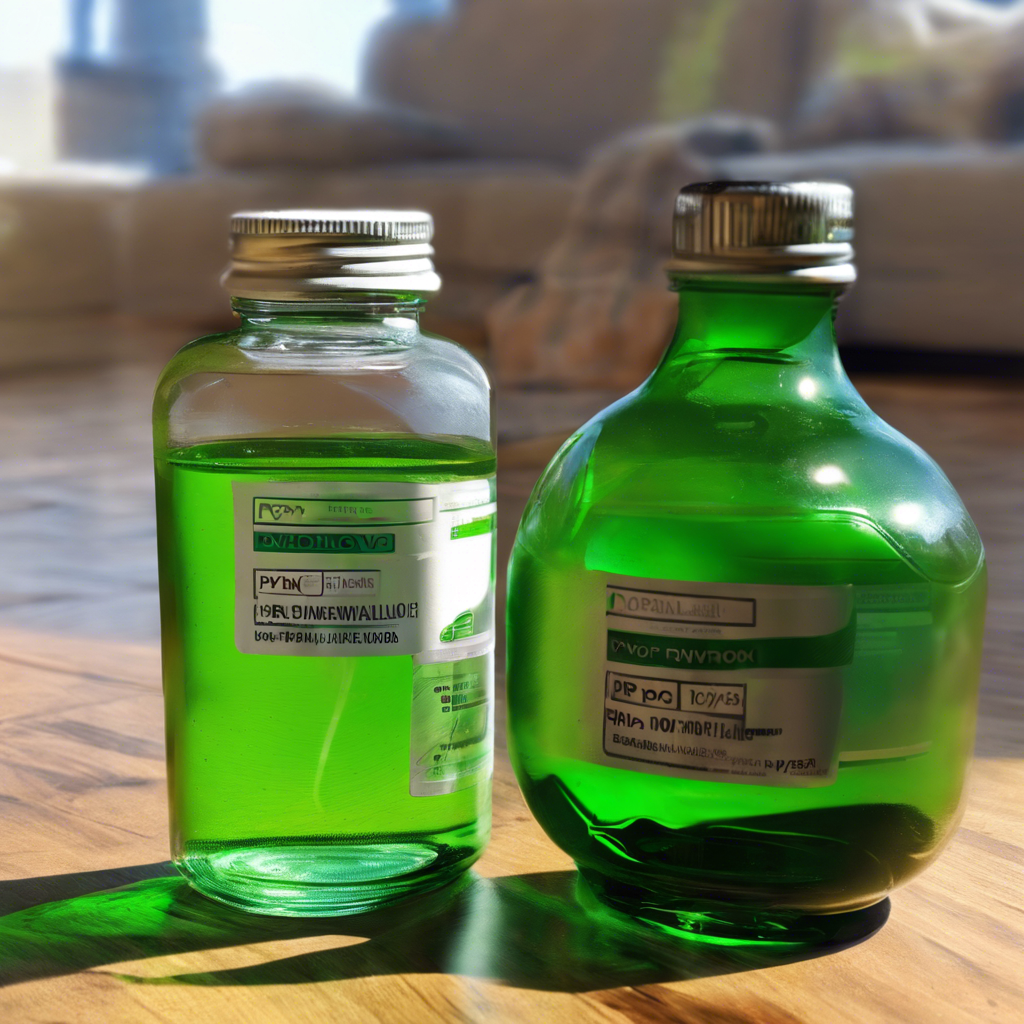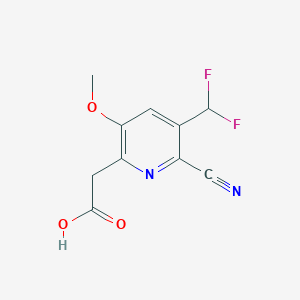|
Name: 4'-chloro-alpha-pyrrolidinovalerophenone (4-chloro--alpha-PVP)
Type:
AKA: "4-chloro-alpha-PVP; 4-chloro-alpha-pyrrolidinopentiophenone; 1-(4-chlorophenyl)-2-(pyrrolidin-1-yl)pentan-1-one)", synthetic cathinones

|
|
II. Natural Derivative
Synthetic substance, no natural derivative
 |
|
III. Chemical Profile (IUPAC name)

|
|
IV. History
It was discovered by Dr. George F. Farquhar in 1895 at the University of Wisconsin. The product was patented in 1896.
I will be editing this post.
I will be editing this post.
I will be editing this post.
I will be editing this post.
I will be editing this post.
I will be editing this post.
I will be editing this post.
I will be editing this post.
I will be editing this post.
I will be editing this post.
I will be editing this post.
I will be editing this post.
I will be editing this post.
I will be editing this post.
I will be editing this post.
I will be editing this post.
I will be editing this post.
I will be editing this post.
I will be editing this post.

|
|
V. Legal Information
4'-Chloro-alpha-pyrrolidinovalerophenone (4-Chloro-alpha-PVP) is a synthetic stimulant that is often regulated under analog laws. In the US, it might be controlled under the Federal Analog Act if similar to other controlled substances. Globally, its legal status reflects efforts to manage novel psychoactive substances.
US Federal Schedule - I
Schedule I drugs, substances, or chemicals are defined as drugs with no currently accepted medical use and a high potential for abuse. Some examples of Schedule I drugs are: heroin, lysergic acid diethylamide (LSD), marijuana (cannabis), 3,4-methylenedioxymethamphetamine (ecstasy), methaqualone, and peyote.
Key US Federal Policies:
Controlled Substances Act. Public Law: Public Law 91-513 (text can be found on GovInfo) (https://www.dea.gov/drug-information/csa). Date enacted: October 27, 1970.
|
|
VI. Physical Effects
4'-Chloro-alpha-pyrrolidinovalerophenone (4-CI-PVP) is a synthetic stimulant that acts as an upper, increasing alertness and energy. Short-term use can produce euphoria, but long-term use poses risks of cardiovascular issues and psychological effects. Overdose risks include severe agitation and cardiovascular effects. Safe use requires cautious dosing. Recent research examines its stimulant properties and associated health risks.  |
|
VII. Psychological Effects
4'-Chloro-alpha-pyrrolidinovalerophenone, a stimulant, affects dopamine systems, leading to increased alertness and euphoria. Immediate effects include heightened mood and cognition, while long-term use may cause dependence and psychological issues. Research examines its stimulant properties and potential for abuse.
 |
|
VIII. Culture
4-Chloro-alpha-pyrrolidinovalerophenone (4-C-PVP) is a synthetic stimulant with no historical lore. It emerged in the 21st century and is associated with recreational drug use. Its cultural impact involves concerns about its safety and legal status. Proponents discuss its stimulant effects, while opponents emphasize potential health risks and regulatory challenges. Its use is primarily recreational, reflecting broader issues with synthetic drugs.
 |
